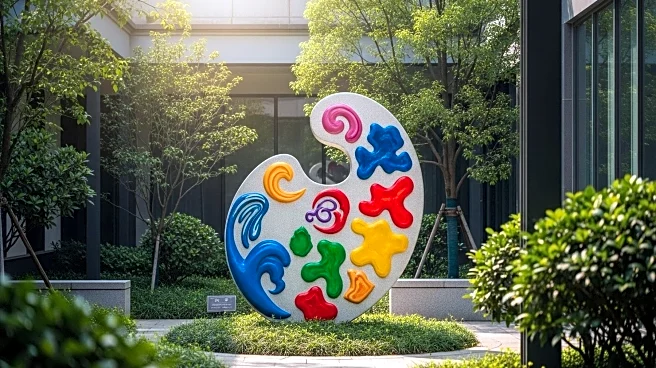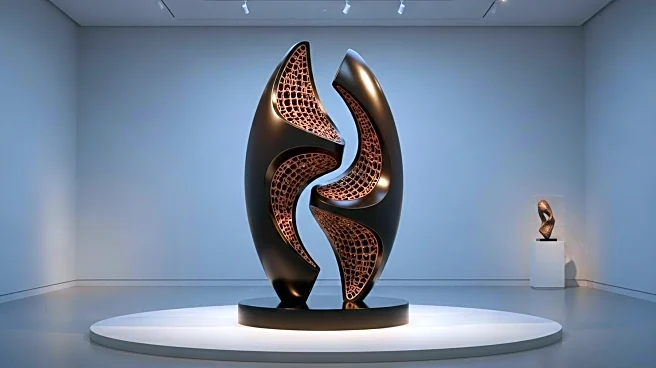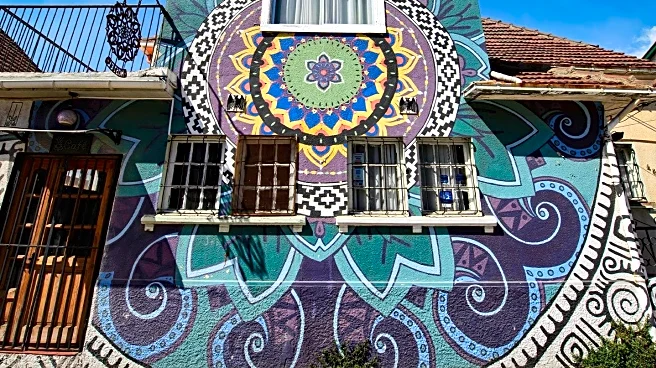What's Happening?
UC Irvine has completed the acquisition of the Orange County Museum of Art (OCMA), merging the two entities under the new name UC Irvine Langson Orange County Museum of Art. This acquisition includes OCMA's 53,000-square-foot Morphosis-designed building and its assets, employees, and debt. The museum's board has been dissolved, and CEO Heidi Zuckerman has stepped down. UC Irvine plans to move its California art collection, including the Gerald Buck Collection, to OCMA when its current lease expires in 2026. The acquisition aims to enhance the cultural fabric of Orange County and advance scholarship and creativity.
Why It's Important?
The acquisition signifies a major shift in the cultural landscape of Orange County, potentially increasing access to world-class art and scholarship. UC Irvine's involvement could stabilize OCMA's financial situation, which has been under scrutiny. The merger may also attract more visitors and boost local tourism, benefiting the economy. The integration of UC Irvine's art collection with OCMA's resources could foster new educational opportunities and collaborations, enriching the community's cultural offerings.
What's Next?
UC Irvine is conducting a search for a new leader to oversee the merged museums, with an announcement expected by early next year. The university plans to relocate its art collection to OCMA by 2026, which could lead to expanded exhibitions and programs. The museums will continue operating as usual, with OCMA currently hosting the 2025 California Biennial. Stakeholders and the public will be watching how the merger impacts the museum's operations and cultural contributions.
Beyond the Headlines
The acquisition raises questions about the long-term financial health of OCMA and the strategic direction under UC Irvine's leadership. The merger could set a precedent for other universities considering similar partnerships with cultural institutions. Ethical considerations may arise regarding the management of OCMA's debt and the transparency of financial dealings. The cultural integration could also influence regional identity and community engagement with the arts.











